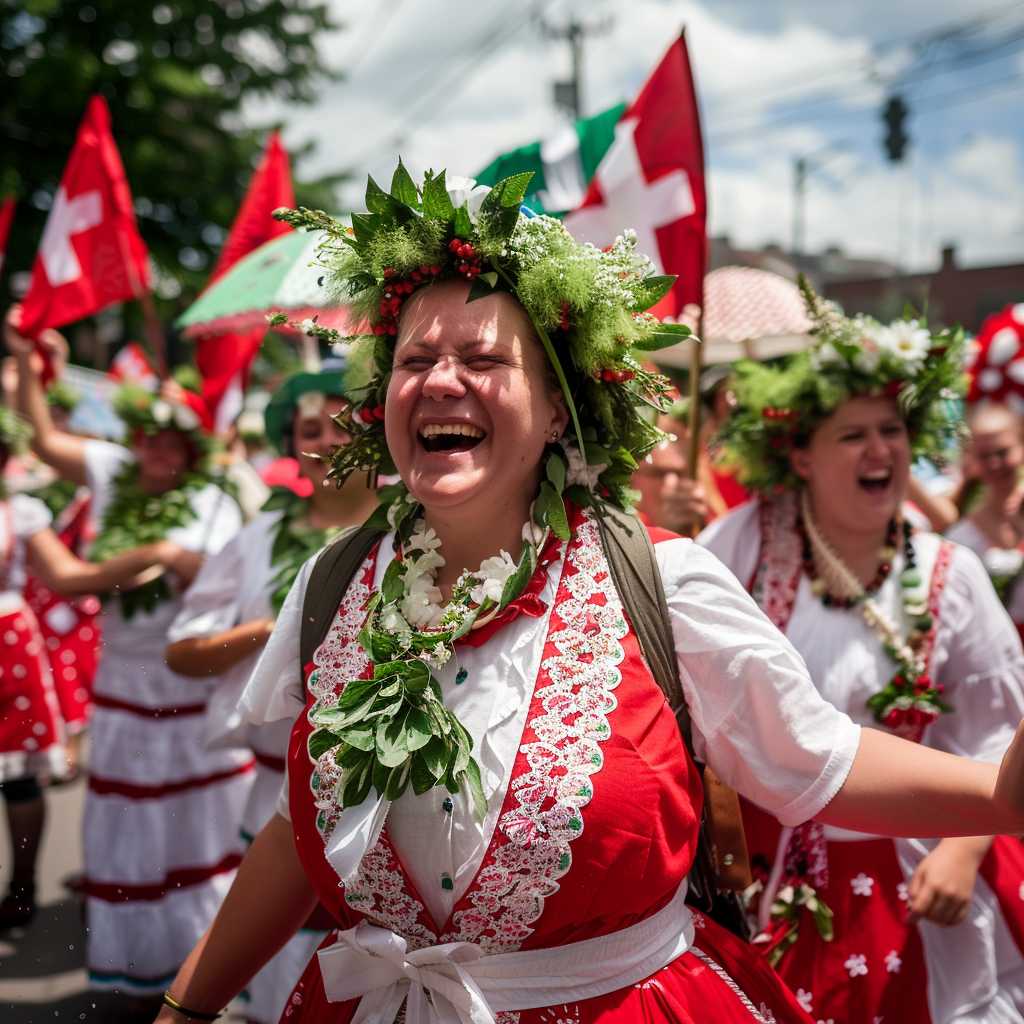## Celebrating Dyngus Day: A Look at Polish-American Heritage and Festivity ##
Dyngus Day, also known as Easter Monday or Wet Monday, is a day of joyous reprieve, vibrant parades, and cultural reflection. Traditionally observed in Poland and among Polish communities worldwide, this unique holiday has taken on a life of its own, especially in the United States. Marking the end of the solemn Lenten season, Dyngus Day is now renowned for its lighthearted customs, intriguing origins, and communal spirit, celebrated particularly fervently among emigrant populations.
The Historical Origins of Dyngus Day
Dyngus Day’s exact origins are subject to folklore and varied historical interpretations. In simplistic terms, it is linked to the baptism of an influential Polish Prince, Mieszko I on Easter Monday in 966 AD, which was a significant moment for Christianity in Poland. Others link Dyngus Day’s roots to more pagan rituals that celebrated the arrival of spring.
Customs and Festivities Clarified
Easter Monday is greeted with a medley of fun traditions. The most famous of these revolve around playful flirtation as boys douse girls with water and lightly swat them with willow branches – symbols of fertility and life. These frisky antics hark back to pre-Christian customs which held water and willow as signifiers of spring renewal. In return, the following day, called Smigus-Dyngus, girls would have the chance to strike back with their own playful revenge. In contemporary times, these practices are celebrated with a good-natured understanding of their cultural context and are typically much tamer than in days past.
Communal Legacy: Polonia’s Pride on Display
Wherever significant numbers of Poles have settled internationally, Dyngus Day celebration finds its pegs world over but tilts considerably prominent in the U.S., especially in cities like Buffalo, Cleveland, South Bend and Chicago – where Polish culture gleams through generations. Here it’s an ethnic badge worn with pride; an echo the diaspora’s interconnected ties. Parades pulse through city streets awash with red and white flags—the polka music ebullient in air as people dance, eat traditional foods like kielbasa and pierogi, and revel in a shared heritage that transcends any generational gap.
Modern Connections: Dyngus Day in the Digital Age
While rooted in history and tradition, Dyngus Day celebrations are seamlessly infusing modern gusts into their sail. Entertainment galore with DJ-driven beats crouch between the bravura of live bands doing polka classics. Meanwhile, technology plays courier as people share instant videos of water-sploshing pranks or update their status in real-time wearing flowered garlands or Dyngus-themed hats. Social media has made the event’s particulars -location details or even crowdfunding for festivities- familiar transactions in the ledger of today’s digital networks.
